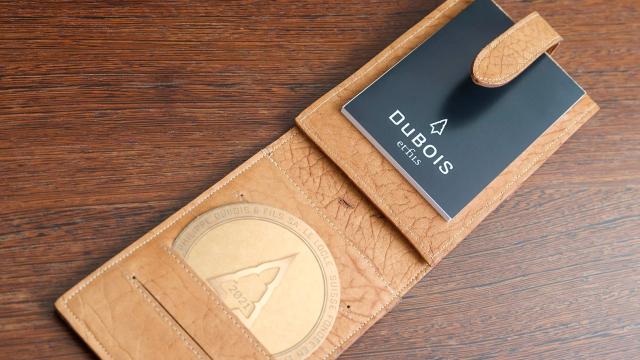Unique pieces made from Swiss game
The forests of Switzerland are home to an abundance of wildlife. DuBois et fils commissions the hides of deer, chamois and roebuck — which are usually decimated after the hunt — to be tanned and processed using traditional techniques. Each DBF007 comes in one of these leather cases. These unique pieces are made by hand and are practical companions in daily life.
An idyllic place in the Bernese Oberland — and the lively habitat of a wide variety of wildlife. In order to preserve the woodland and prevent damage to agricultural crops, hunting is practiced in Switzerland and serves to regulate the game population.
The pelts from such a hunt are usually destroyed and often considered useless; the animals may have been nicked on rocks or branches, which may or may not be visible when processed into leather at a later time. DuBois et fils however, uses these discarded skins, which have been hunted by Swiss sportsmen and are normally thrown away, to make new leather cases. Each product is unique, precisely because the traces of nature and the story of each animal is preserved even after tanning.
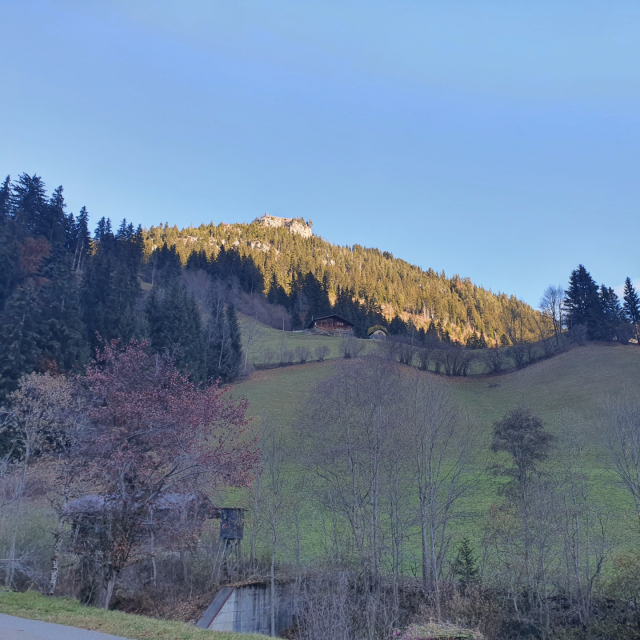
Ibex, roebuck, and deer were extinct in the second half of the 19th century. At that time, there was so much deforestation that the habitat was no longer sufficient to sustain the wildlife population. It marks a dismal chapter in history. Fortunately, the wildlife made a comeback — so plentiful that the population is now regulated in Switzerland. To help with regulation, trained hunters who have cantonal authorization are necessary. Those who hunt in Switzerland must comply with the Swiss Federal Hunting Act, which enacts guidelines and also protects endangered species.
Hunting has a long tradition in Switzerland. DuBois et fils collaborates with various Swiss hunters to produce leather cases from the skins of deer, chamois and roebuck, which comes with each DBF007.
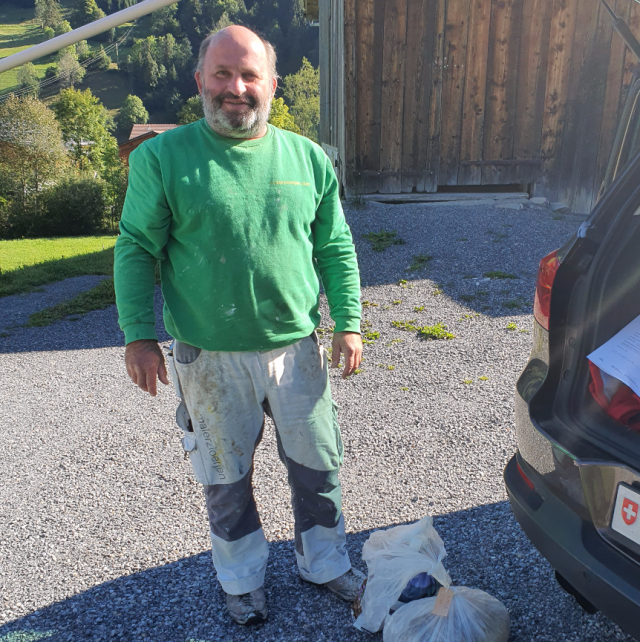

Cooperation with Swiss Tanneries
Tanning is required in order to treat the skins. This important step serves to preserve and stabilize the material and prevents the leather case from deteriorating. DuBois et fils works with professional tanneries that have been practicing the traditional craft for generations.
Hunting allows for valuable materials of nature to be available. Every fur processed into a leather case is unique thanks to the life of an animal in the wild.
The Graber tannery in Emmental is a family business with long standing tradition. Here, raw hides are processed and products are made from genuine leather. Only vegetable tanning agents are used.
In the first production step, the wild animal pelts are depilated. The tannery's water workshop is then used to prepare the rawhide for subsequent tanning.

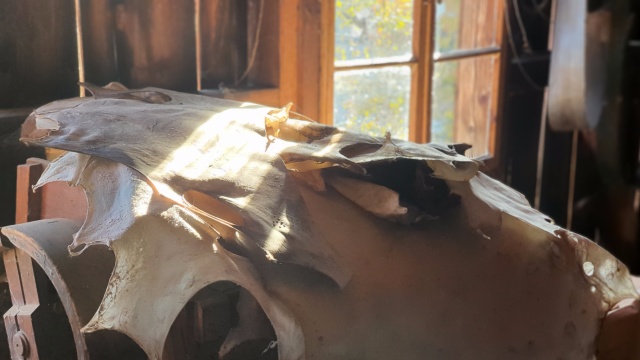
The Zeller tannery in Steffisburg has been run as a family business since 1837 and processes all types of fur and leather.
The tanning process takes place in a specially made barrel. Here, too, only vegetable tanning agents are used. The leather is later greased and softened. On certain devices, the grain layer - the smooth top facing up towards the hair - is plucked from the tanned skins. The scar pattern left behind is a unique and characteristic image of an animal's life.
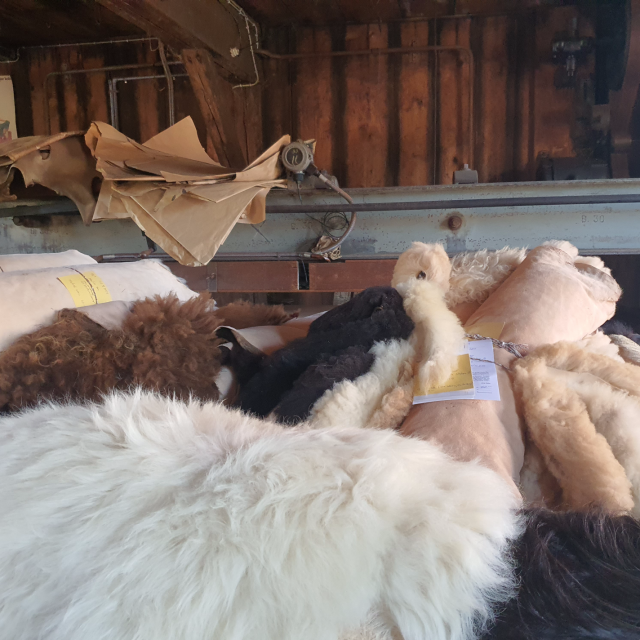

Rehovot leather workshop in Basel
The Rehovot leather workshop is located in an unspectacular building, inconspicuous from the outside, in the middle of Klein Basel. It is an employment program recognized by the Federal Office for Migration, established in 1988, to help support people seeking refuge. Since, asylum seekers from all over the world have been working there. Whether cutting, sewing or mending - various leather goods are manufactured or repaired in the lively 2-room workshop.
DuBois et fils DBF007 leather cases are made in collaboration with this workshop.
The tanned leather is processed into the end product in the Rehovot leather workshop. As many as five people are involved in making a copy. Production is complex and takes time. The skins are delivered directly from the tannery to Klein Basel, where they are examined and stored until being processed. Not one piece is like another, each copy is unique and gets individual handling.

DuBois et fils developed their own design for the leather cases in cooperation with the Rehovot leather workshop where they are manufactured. Prototypes were used to determine the correct dimensions and details in advance.
A number of steps are necessary before the finished product is made, all of which are carried out by hand: Cutting, cleaning, gluing, sewing, processing the threads and double checking. To complete the cases, each receives a stamp on the front with the fir tree emblem signifying DuBois et fils.
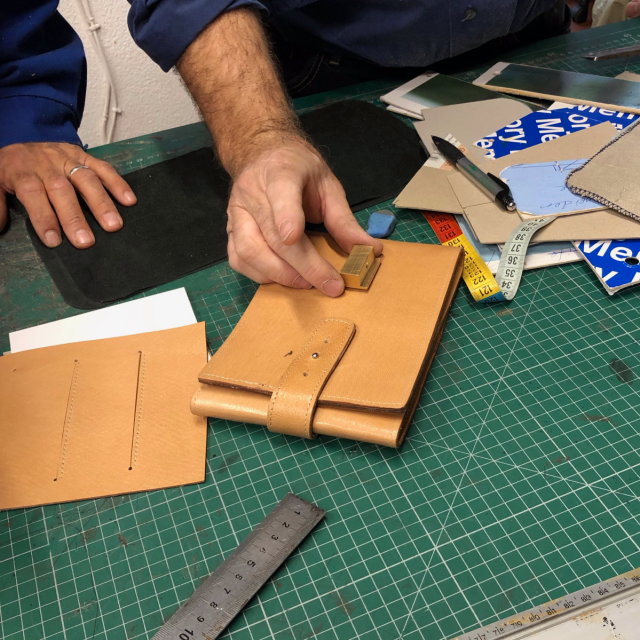
These DuBois et fils leather cases are not prefabricated or standardized products. They are designed to meet the needs of DuBois et fils' clientele far beyond the purchase of a watch. The leather cases are equipped with additional features that make the product a practical companion in daily life. The interior of the case is fitted with special compartments for business cards, passports or other documents, whereas little extras like a notepad or a protective cover for sunglasses round out the product that comes with every DBF007.

